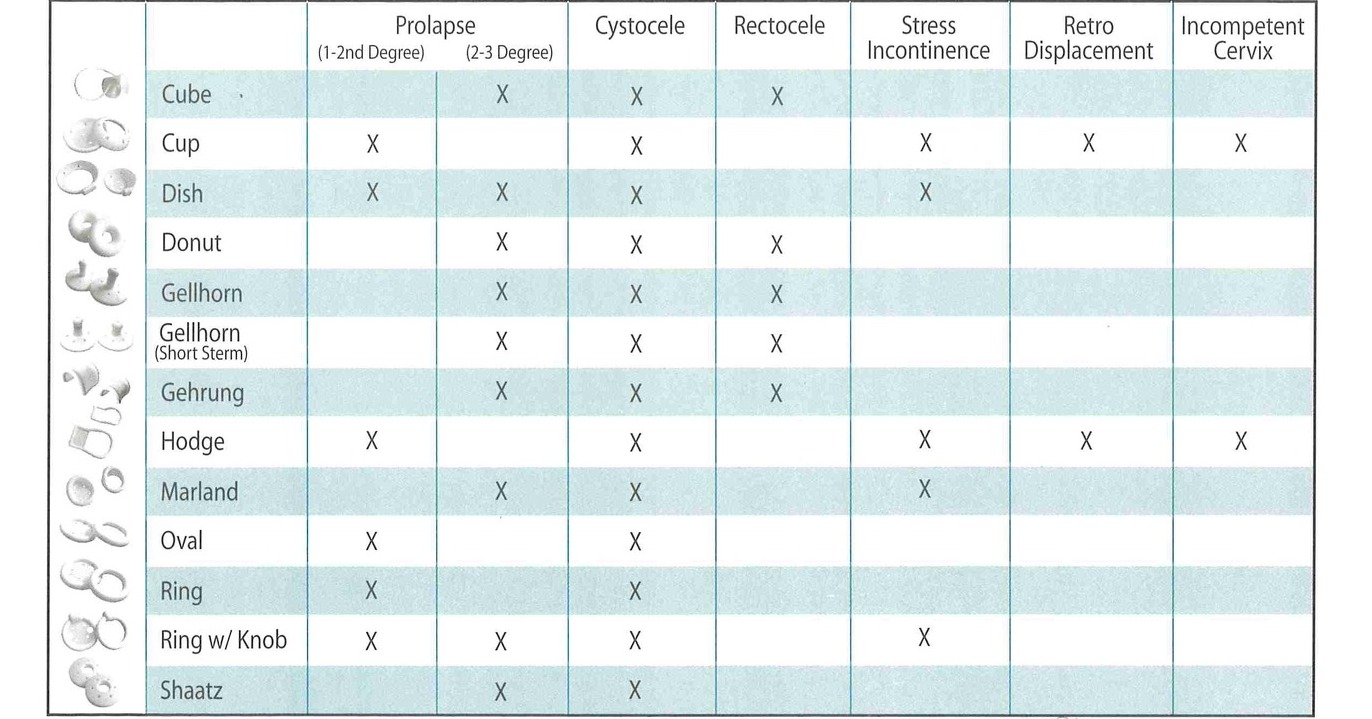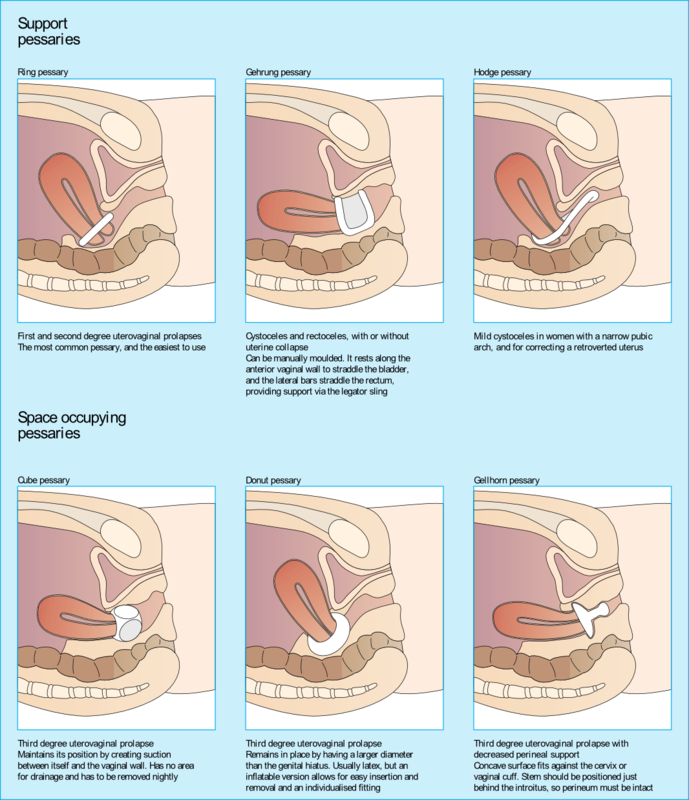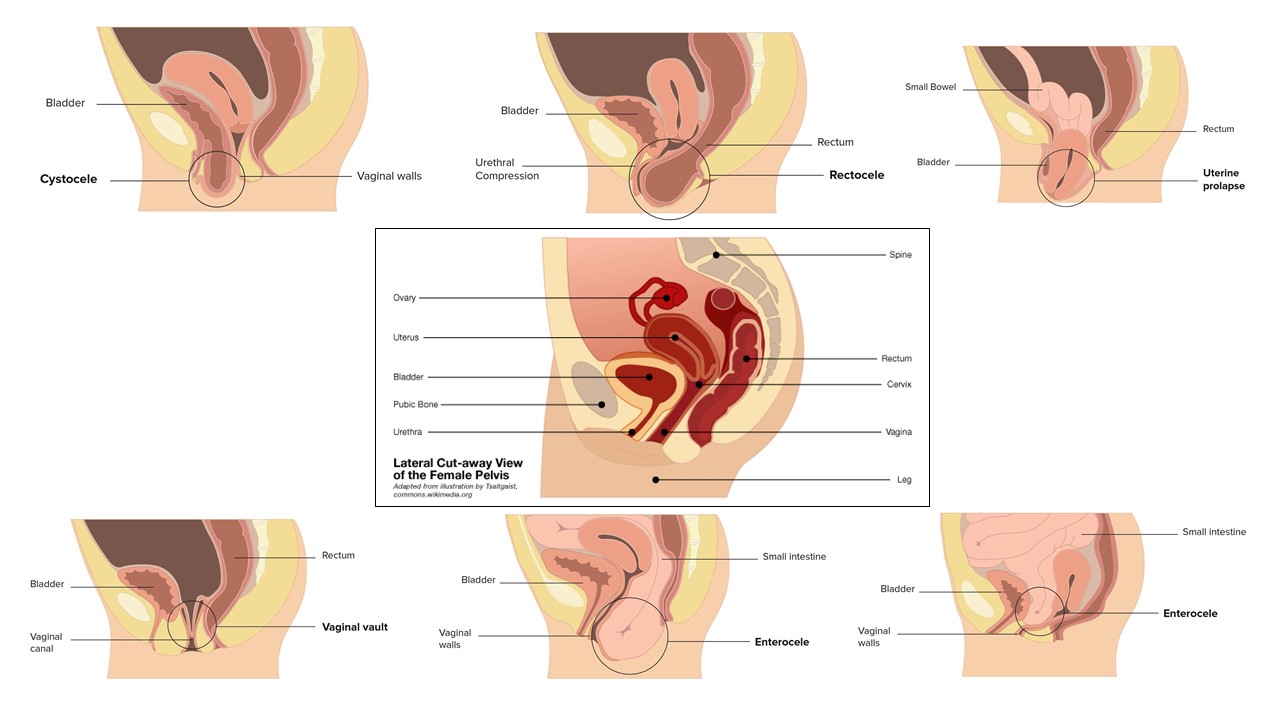Pessary Info
Pessaries are recommended as a first-line, relatively low-risk treatment option to treat a variety of symptoms related to pelvic organ prolapse.
Historically, the use of pessaries to treat POP dates back to Hippocrates time. Throughout early medical history, a half of a pomegranate, honey, hot oil, wine, fumes, linen and cotton or wool soaked in many different potions was used as treatment for pelvic organ prolapse. In the 16th century, pessaries were manufactured out of hammered brass and waxed cork.
Today’s pessary is a flexible, non-absorbent, non-surgical medical device often recommended to women to provide relief of pelvic organ prolapse or incontinence symptoms. Most pessaries today are made from medical grade silicone (a few are made from acrylic, latex, or rubber). There are multiple styles of pessaries, providing either support or space occupying. A pessary is inserted into the vagina to support sagging pelvic organs such as the uterus, bladder, or rectum, preventing them from pushing into the vaginal canal or down the vaginal canal completely to the outside the body. A pessary can also apply pressure against the urethra to prevent urinary leakage. There are many new designs of pessaries being developed including 3-D printed and tampon styles.
Health care providers fitting pessaries evaluate a woman’s individual needs, and assess vaginal space and shape, the health of vaginal tissues to prevent irritation, provide pessary education, and recommend follow-up instructions. Symptoms of pelvic organ prolapse that may benefit from pessary use are vaginal tissue bulge, urinary frequency, urinary urgency, vaginal pressure, fecal urgency, and fecal incontinence. Reasons to use a pessary are relief of symptoms, to avoid surgery, to clarify the benefit of surgical outcome, and to prevent POP from getting worse. Reasons a woman may not be a suitable patient for pessary use include an active vaginal infection, a current vaginal erosion or ulcer, vaginal atrophy (dry vaginal tissues), or inability to see a clinician regularly for screening and follow-up. Possible side effects of a pessary can be tissue erosion, vaginal discharge and/or odor, or possibly a fistula (rare) if a pessary is left in for an extended period of time without routine checkups.
In gratitude to Bioteque America, Inc, for sharing their Pessary Selection Chart and Pessary Type Images.




